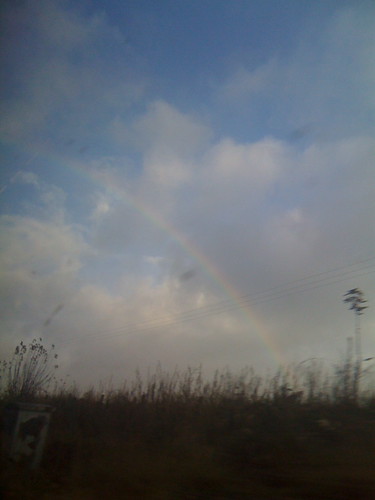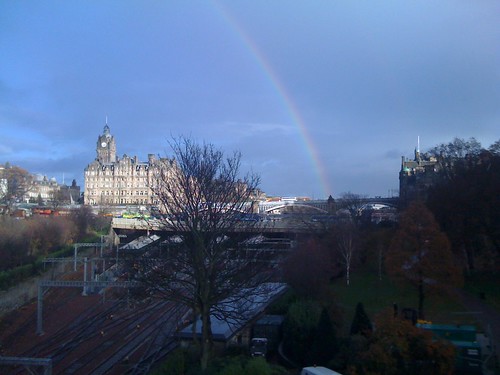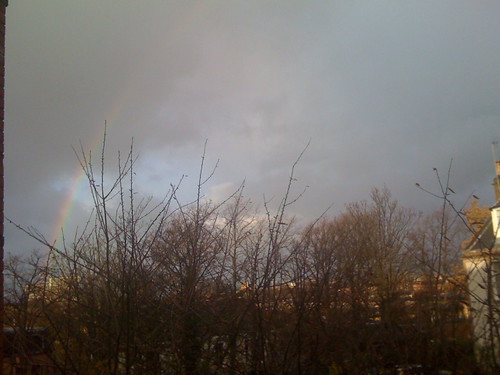Despite both parents’ rich immersion in the world of poetry, I have long had only a halting appreciation for poetic expression. Some poems grab me right away and hold me; others may be artful, or clever, or subtle, or deeply-felt, or whatever — but I just never catch them. I don’t like not being a good general-poetry appreciator; it makes me too grumpy about good people’s good work. I’ve never developed, though, the capacity to admire good-but-not-outstanding poetry.
That’s by way of preface, though, to saying that I happened across the three sonnets Roz Kaveney wrote for her friend Neil Gaiman . I’m impressed with them all, but the first of the three — which touches on new friendship in general, not Neil himself in particular — touches me especially, especially as Margaret and I share the delight of new friendships in Scotland (and the echoes and resonances that they make with long, deep, old friendships).
. I’m impressed with them all, but the first of the three — which touches on new friendship in general, not Neil himself in particular — touches me especially, especially as Margaret and I share the delight of new friendships in Scotland (and the echoes and resonances that they make with long, deep, old friendships).
There is an ache when something’s not yet come
just like the one when something’s gone away.
A rotten tooth perhaps. You may well say
it’s better gone, keep sucking at the gum.
It took infection with it, you can taste
no foulness. And when something’s not arrived
then does, you wonder just how you survived
without it. All the time before’s a waste
you could have been enjoying it. And when
the new thing is a person, is a friend,
you wonder how you ever got to spend
so many years without them. Then, again,
the bliss of knowing something new can start
is bubbles like champagne that jump your heart.
Roz Kaveny
So, cheers to Neil Gaiman on his recent fiftieth birthday, and a sweeping tip of my hat to Roz Kaveny, and a wink and a smile to my cherished friends, who jump my heart.




